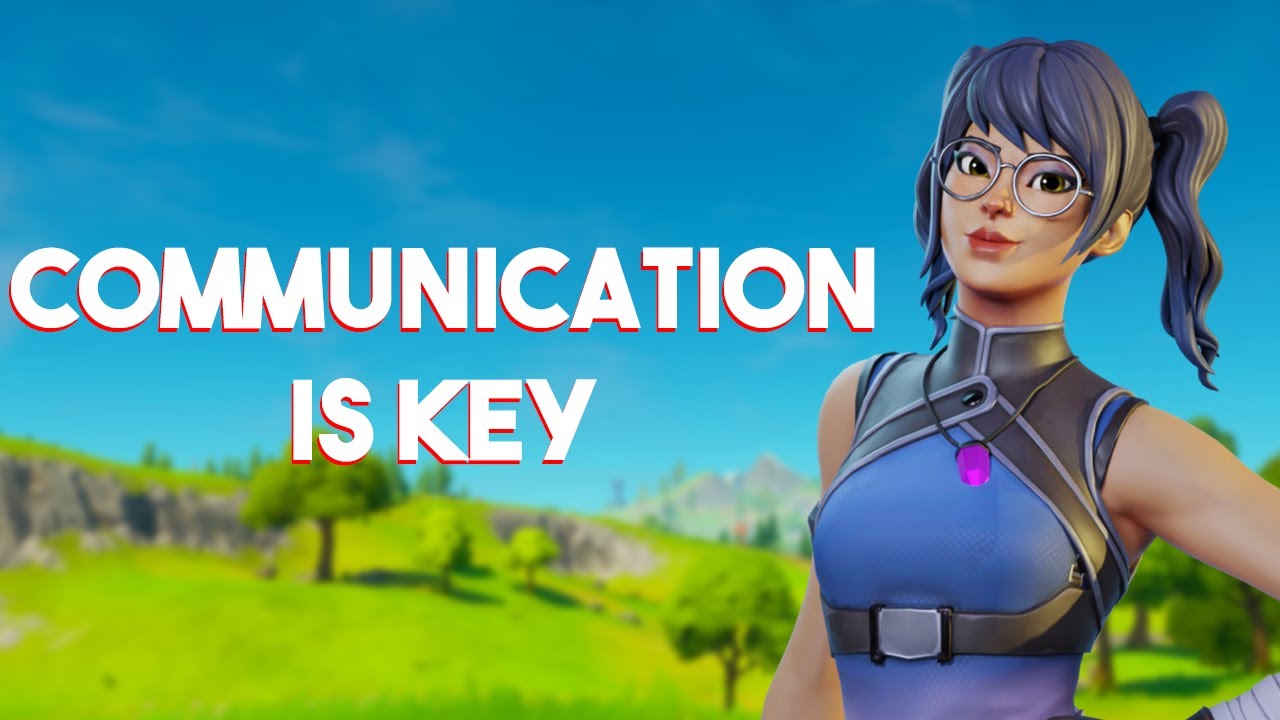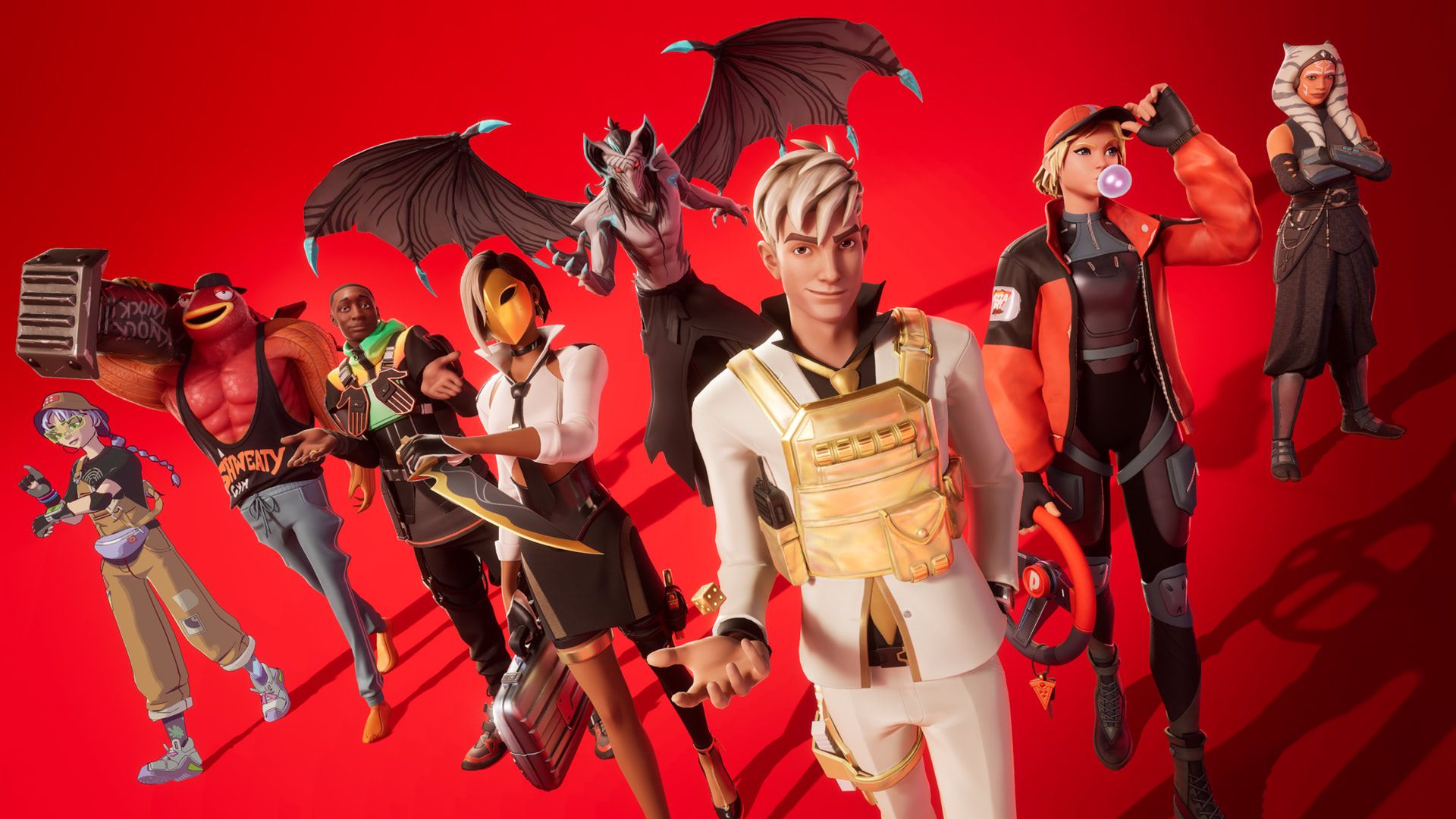Fortnite’s squad and duo modes offer exciting opportunities for teamwork and coordination. Playing with a team requires effective communication, role assignment, and synergy to maximize your chances of success. In this article, we will discuss strategies for thriving in squad and duo matches. We will cover topics such as communication, assigning roles, supporting teammates, and executing coordinated attacks. By implementing these tactics, you can enhance your team’s efficiency and become a formidable force on the battlefield.
Communication

- Clear and Concise Communication: Effective communication is the foundation of successful teamwork. Use clear and concise communication to relay important information to your teammates. Call out enemy positions, share resource or loot locations, and coordinate strategies. Utilize in-game voice chat or external communication platforms to ensure seamless and timely communication. Avoid cluttering the comms with unnecessary chatter and focus on sharing vital information that can help your team make informed decisions.
- Establishing a Shot Caller: Designating a shot caller can streamline decision-making during high-pressure situations. The shot caller takes charge of making strategic calls such as when to engage, disengage, rotate, or build. This helps prevent confusion and ensures that everyone on the team is on the same page. The shot caller should have good game sense, map awareness, and the ability to analyze the situation quickly. Rotate the shot caller role among teammates to distribute leadership responsibilities and foster a collaborative environment.
- Adapting Communication Style: Each teammate may have a different communication style or preference. Adapt to your teammates’ communication styles to ensure effective teamwork. Some players may prefer concise callouts, while others may benefit from more detailed explanations. Understand and respect each other’s communication preferences to facilitate better coordination and understanding during intense gameplay situations.
Assigning Roles

- Building and Structure Construction: Assign specific roles within your team to optimize efficiency. One teammate can focus on building and structure construction during engagements. This player should prioritize gathering resources and mastering building techniques. Building quickly and effectively provides your team with cover, height advantage, and opportunities for tactical maneuvers.
- Support and Healing: Designate a teammate as the support and healing specialist. This player should carry healing items such as Medkits, Shield Potions, or Chug Splashes to provide immediate support during or after fights. They can also be responsible for carrying utility items like Launch Pads or Rift-to-Gos to facilitate quick rotations or escapes. Support teammates by prioritizing healing and providing backup fire during engagements.
- Sniper and Long-Range Support: Assign a player to focus on sniping and long-range engagements. This role requires proficiency with sniper rifles and scoped weapons. The sniper can provide cover fire, scout for enemy positions, and eliminate threats from a distance. Their role is crucial in weakening opponents and creating opportunities for the rest of the team to push or reposition.
Supporting Teammates

- Sharing Resources and Loot: Support your teammates by sharing resources and loot. Prioritize distributing weapons, ammo, shields, and healing items evenly among the team. Communicate your needs and be willing to provide assistance when your teammates require specific items. Sharing resources ensures that everyone on the team is adequately equipped and ready for engagements.
- Covering Fire and Revives: During intense fights, provide covering fire to protect downed teammates or those in vulnerable positions. This allows your teammates to safely revive fallen comrades or heal up. Covering fire can also deter opponents from pushing aggressively, giving your team a chance to regroup and strategize. Coordinate with your team to provide effective cover fire while minimizing risks.
- Coordinated Rotations and Movements: Maintain coordination during rotations and movements to avoid getting separated or caught off guard. Plan routes, communicate intentions, and stick together as much as possible. Avoid taking unnecessary detours or splitting up unless it is part of a planned strategy. Coordinated movements allow your team to react quickly to threats, provide support when needed, and execute strategies more effectively.
Coordinated Attacks

- Timing and Synchronization: Coordinate your attacks to overwhelm opponents and increase your chances of success. Time your engagements carefully to catch opponents off guard or take advantage of their vulnerabilities. Synchronize your pushes, building, or flanking maneuvers to create confusion and make it harder for opponents to defend or counterattack. Practice timing and synchronization through regular team drills and scrimmages.
- Crossfire and Pinching: Utilize crossfire and pinching techniques to put pressure on opponents. Splitting your team into different angles or positions allows for simultaneous attacks from multiple directions. This divides the opponents’ attention and forces them to make split-second decisions, increasing the likelihood of mistakes. Coordinate your crossfire or pinching maneuvers to create a strategic advantage for your team.
- Baiting and Trapping: Use baiting and trapping strategies to lure opponents into disadvantageous situations. Create scenarioswhere one or more teammates act as bait, drawing opponents into an ambush or a trap. For example, one teammate can build a structure as if they are alone and vulnerable, while the rest of the team positions themselves to surprise and eliminate the unsuspecting opponents. Baiting and trapping require precise coordination, timing, and communication to execute effectively.
- Combo Attacks and Combining Abilities: Coordinate combo attacks and combine abilities to maximize your team’s effectiveness. For example, one teammate can launch a grenade or explosive to break an opponent’s structure, while another teammate follows up with a well-placed sniper shot. Experiment with different combinations of weapons, abilities, and utility items to create powerful synergies within your team. Practice these combos to ensure seamless execution during high-pressure situations.
Conclusion
Thriving in Fortnite’s squad and duo modes requires effective teamwork, coordination, and synergy. By focusing on communication, assigning roles, supporting teammates, and executing coordinated attacks, you can significantly enhance your team’s efficiency and increase your chances of success. Remember to adapt these strategies to your team’s playstyle, skill level, and individual strengths. Regular practice, effective communication, and a positive team dynamic are key to becoming a formidable squad or duo in Fortnite. Embrace the power of teamwork, coordinate your efforts, and strive for Victory Royales together!




